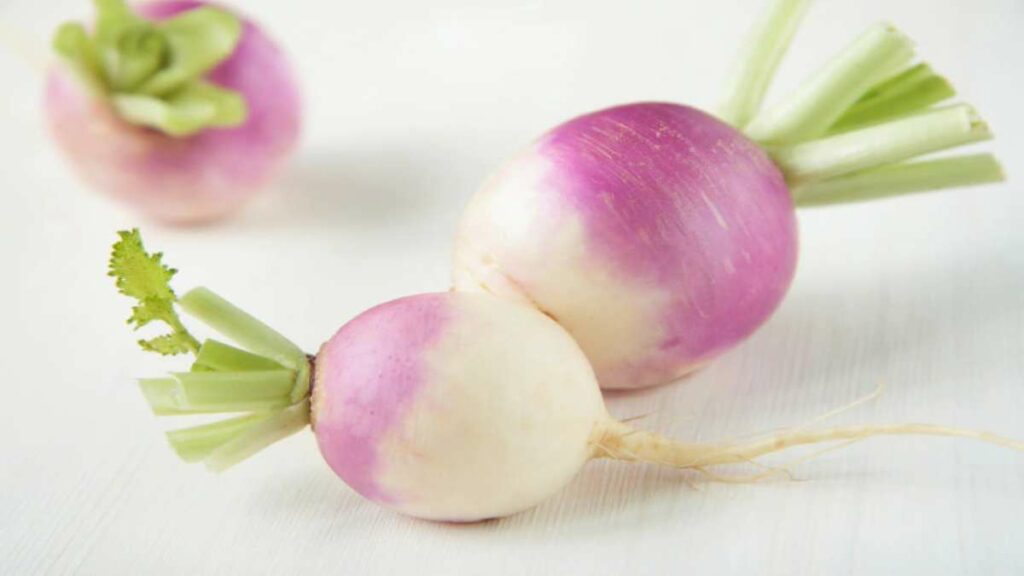It’s also time to adjust your diet to fit the special requirements of the winter months as the chill descends. Even though soups and stews are mainstays, there are a few underappreciated winter superfoods that should be on our menus. These nutrient-dense powerhouses offer a number of health advantages in addition to bringing diversity to meals.
Celebrity nutritionist Rujuta Diwekar recently shared some winter foods on Instagram that are sometimes forgotten but can improve health in the colder months.
Edible gum or goond
In North India, edible gum, or goond in Hindi, is a well-liked and nutritious wintertime treat. The Acacia plant’s white or brown crystals are the source of this essential ingredient for winter desserts like halwa, panjiri, and ladoos.
Deepti Khatuja, chief clinical nutritionist, Fortis Memorial Research Institute, Gurgaon, explains that goond is renowned for its warming properties during the colder months, helping to maintain body temperature and relieving cold-related symptoms, even though it is primarily used as a binding and thickening agent in foods and beverages.
Additionally, it has a lot of fiber, which aids in digestion. “Goond averts constipation and other gastrointestinal problems that arise in the winter because of less physical activity,” Khatuja said.
Additionally, it has a lot of fiber, which aids in digestion. “Goond prevents constipation and other digestive issues that occur during winter season due to reduced physical activity,” Khatuja shared.
Goond is also commended for its anti-inflammatory and antioxidant qualities, which boost immune function, guard against oxidative stress, and support healthy joints. In addition, it has high levels of calcium, magnesium, and carbohydrates, which provide pregnant women with nutrition and increase their energy levels.
Verdant garlic, or Hari Lassan
Hari Lassan, sometimes referred to as spring garlic, has a high concentration of allicin, an antioxidant. According to Khatuja, “this compound helps to reduce cholesterol, combat inflammation, and prevent common winter ailments like coughs, colds, and flu.”
Green garlic is a beneficial addition to winter diets because of its capacity to strengthen the immune system and lower oxidative stress. Although some research points to potential anti-cancer benefits, Khatuja pointed out that further proof is required to support this assertion.
You can use hari lasan to flavor stir-fries, soups, stews, and curries. For a burst of freshness, you can also enjoy it chopped in salads or dips.
Turnip or Shalgam
Root vegetables in the Brassicaceae family include turnips. These vegetables are low in calories and high in dietary fiber, antioxidants, and other important nutrients. They also have many other health advantages.
“Rich in antioxidants like vitamin C, E, beta-carotene, and manganese, turnips combat the harmful effects of free radicals. The sulforaphane compound in turnips exhibits anti-cancer properties, while their fibre content aids digestion and prevents constipation. Turnips also contribute to heart health, bone health, and possess anti-inflammatory properties due to the presence of omega-3 fatty acids, Vitamin K, and Vitamin B complex,” Khatuja said.
Addition of taste to your winter meals is ensured by including turnips. “Roast it for a satisfying side dish, stir-fry it for a light and flavourful meal, or blend it into soups and stews for a warm and comforting experience,” Khatuja suggested.

